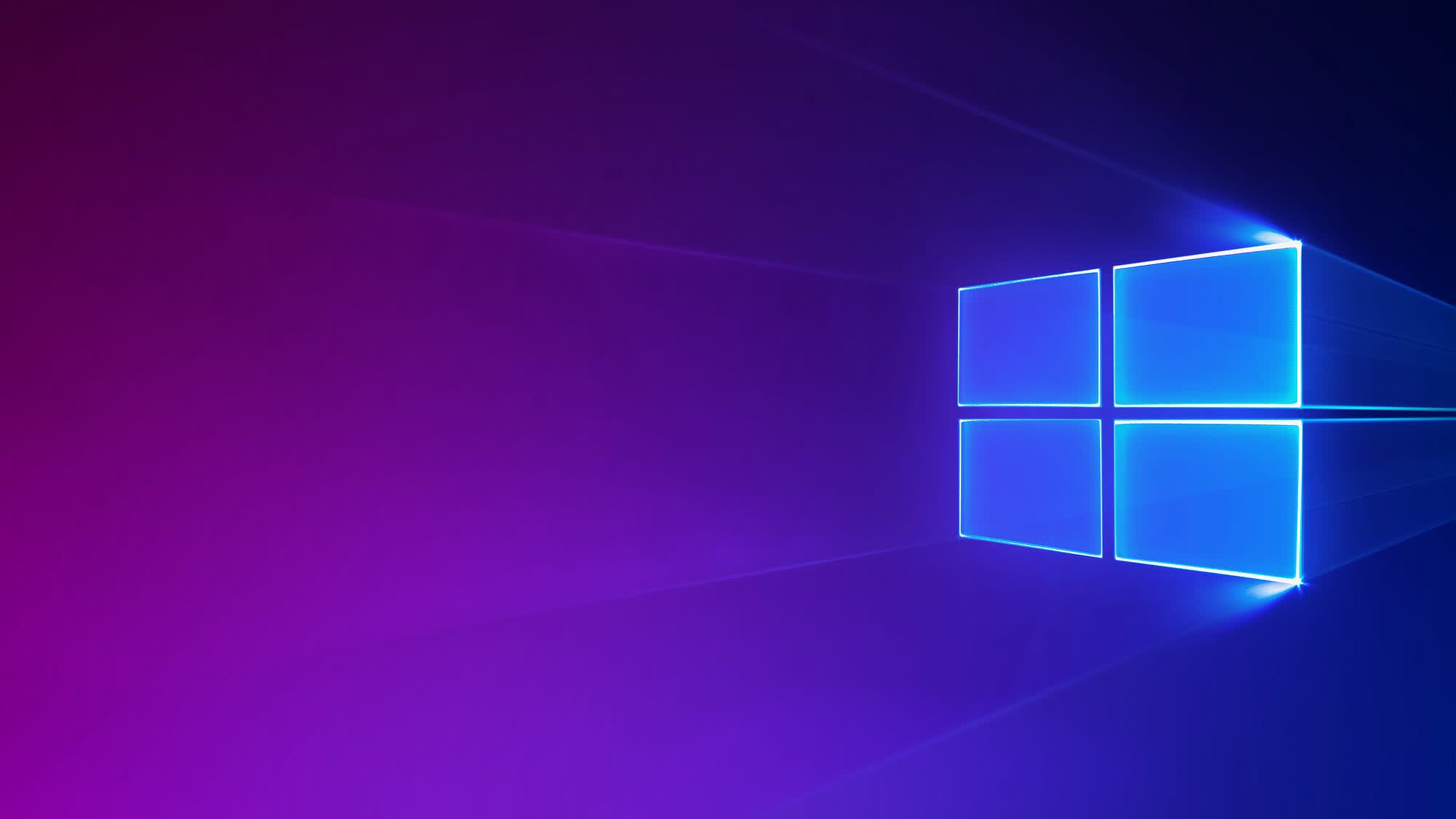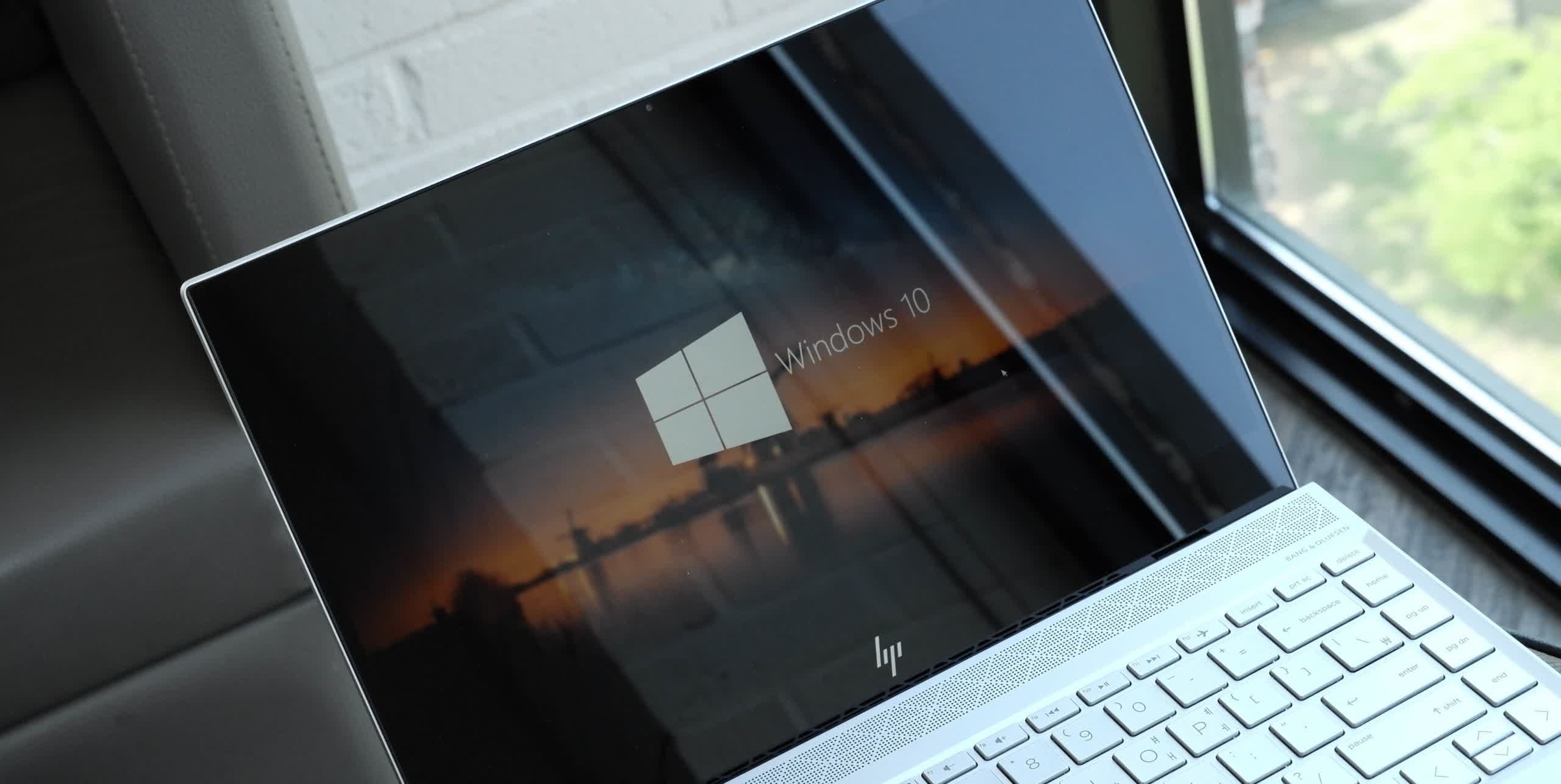Bottom line: Security experts continue to raise alarms about Windows 10’s impending end-of-life status this October. Despite Microsoft’s best efforts, only about 30% of users have upgraded to Windows 11 since its 2021 launch. The remaining majority face difficult choices; continuing to receive official security updates will come at a cost, and many Windows 10 devices don’t meet Windows 11’s stringent hardware requirements.
Thorsten Urbanski, a security expert at ESET, warns that the end of support for Windows 10 could put most Windows devices at risk. Without free official security updates, millions of business and personal systems could become highly vulnerable to cyberattacks and other security threats.
As Windows 10 approaches its 10th anniversary, it remains the most widely used Windows operating system by far. ESET estimates that approximately 65% of devices in Germany—around 32 million—are still running Windows 10.
Global data from StatCounter paints a similar picture, with Windows 10 accounting for 62% of Windows devices as of December 2024. In contrast, Windows 11 has only crawled up to 34% since its debut in 2021. Surprisingly, Windows 10 has even gained user share in recent months. While Windows 11 is slightly more popular among gamers, the latest Steam survey reveals that 42% of players continue to use Windows 10.

ESET warns that the end of official Windows 10 support could lead to more than just security issues. Businesses and individuals may also face software and hardware compatibility challenges. Organizations that fail to upgrade in time risk breaching cybersecurity regulations, compounding the problem.
Windows 11’s relatively strict hardware requirements are a primary reason behind its low adoption rate. Microsoft has made it clear it has no plans to relax these standards. The company recently reaffirmed that all Windows 11 devices must include TPM 2.0 security, potentially excluding millions of systems with older processors. Even those eligible for Windows 11 have recently encountered problems when clicking on Microsoft’s update prompts.

Industry analysts predict that the October deadline could drive a surge in PC sales, as businesses and individuals purchase devices pre-installed with Windows 11. For those unwilling or unable to upgrade immediately, there are other options to maintain security.
Businesses can purchase Extended Security Updates for $61 per device for the first year, with the cost doubling each subsequent year. Individual users have the option to pay $30 for critical updates for one additional year.
Meanwhile, third-party provider 0patch has pledged to offer unofficial security patches for Windows 10 through 2030. The company has a proven track record, as it continues to release updates for Windows 7, suggesting it is likely to follow through with its plans for Windows 10.